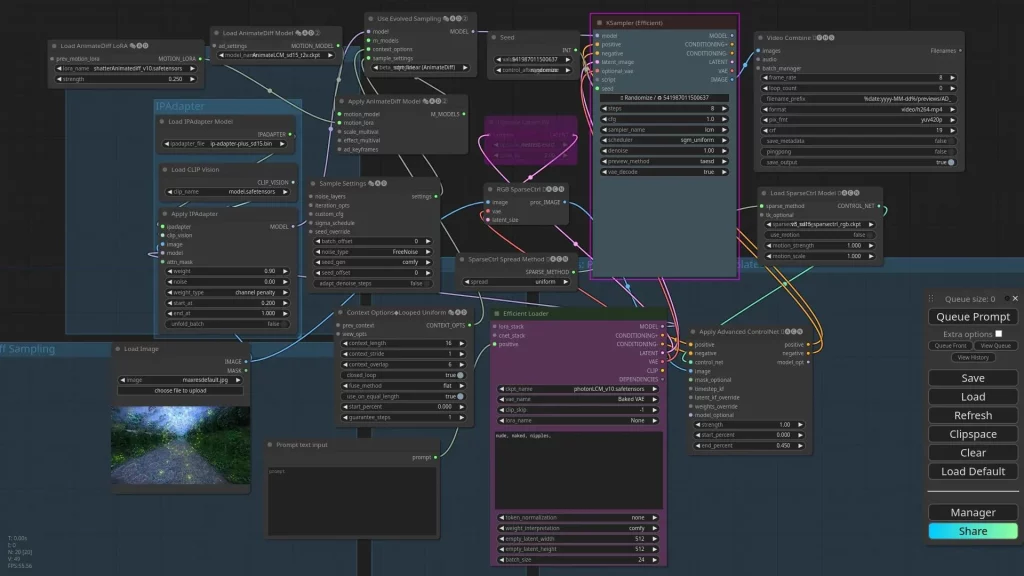When businesses approach AI-powered video creation and analysis, the tendency is often to dive head-first into exploring the latest models, flashy tools, or platforms promising instant results. Yet, the most effective way to harness the potential of AI in video applications is not by chasing technology alone, but by focusing first on the workflows that drive your business goals.
Why Workflows Over Tools?
Artificial Intelligence tools evolve rapidly—today’s cutting-edge model could become obsolete in months. If your strategy revolves solely around specific AI tools or models, you risk continuous disruption and inefficiencies as the landscape changes.
By shifting focus to workflows, you create a stable and adaptable foundation that aligns directly with business objectives, whether that’s streamlined content creation, automated video editing, or intelligent video analytics.
Designing AI-Powered Video Workflows
When thinking in workflows, start by clearly mapping out your objectives:
- Content Production: Are you looking to automate video generation from textual or visual inputs?
- Post-Production Efficiency: Do you need AI-driven editing, subtitling, or enhancement?
- Analytics and Insight: Are your priorities focused on extracting insights, sentiment, or actionable data from existing videos?
Next, define each stage of your process clearly:
- Input Stage: Determine the type of content you’ll start with—text, raw footage, images, or audio.
- Processing Stage: Decide how AI will transform your inputs—through editing, scene recognition, captioning, summarization, or sentiment analysis.
- Output Stage: Clarify your desired outputs—finalized videos, annotated content, or data-driven reports.
Workflow-Focused Benefits
Enhanced Flexibility
When your workflow is clearly defined, swapping or upgrading AI tools becomes straightforward. Your processes become resilient, quickly adapting to the latest innovations without losing sight of your primary objectives.
Improved Scalability
Workflow-centric designs inherently promote scalability. Clearly defined stages allow easy replication and expansion across multiple teams, clients, departments, or markets.
Clearer ROI
Workflows aligned with business goals enable you to measure success more precisely, evaluating the actual impact of AI beyond mere novelty. This ensures every AI initiative contributes meaningfully to your organization’s bottom line.
Practical Steps to Workflow Thinking
- Start by auditing existing video-related processes in your organization.
- Identify bottlenecks or inefficiencies that AI could solve.
- Evaluate available technologies purely on their ability to improve these workflows. Don’t just think about tools that create video from text as there are a wide range of skilled models for other tasks.
- Pilot and iterate rapidly, adjusting workflows based on real-world feedback.
The Bottom Line
AI is powerful—not because of specific models or flashy tools, but because of how it transforms and enhances workflows. Businesses that think workflow-first build resilience, adaptability, and measurable value into their video strategies. Embrace the workflow mindset, and let the tools serve your objectives, not dictate them.



